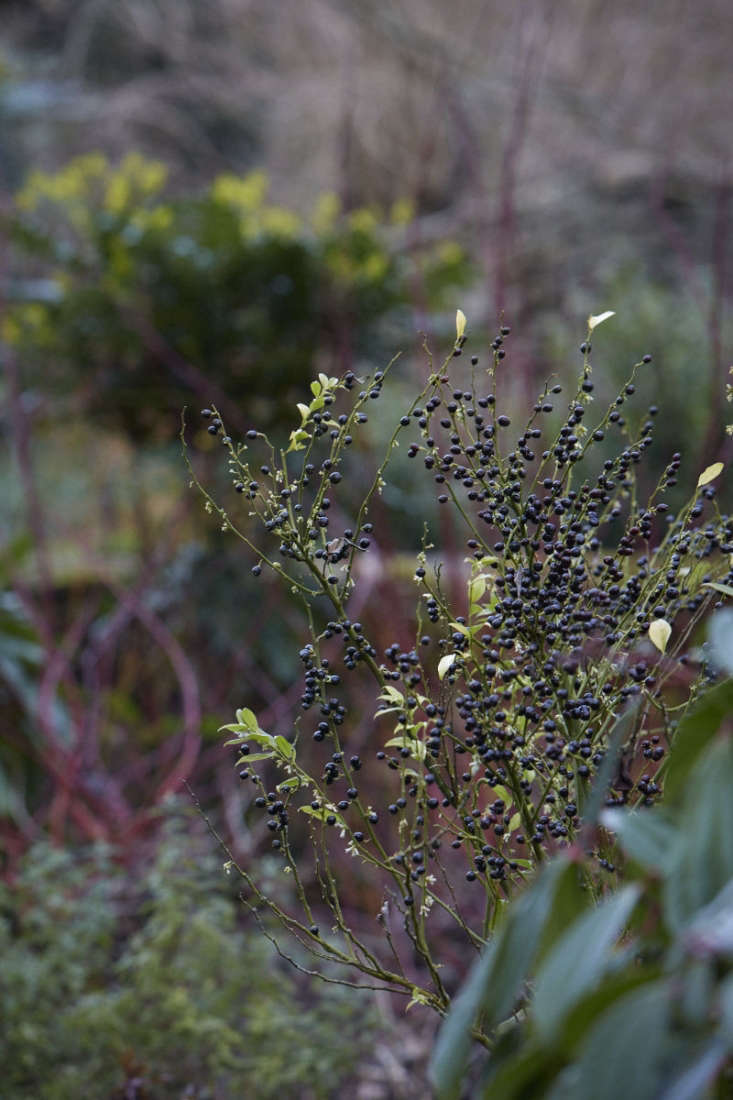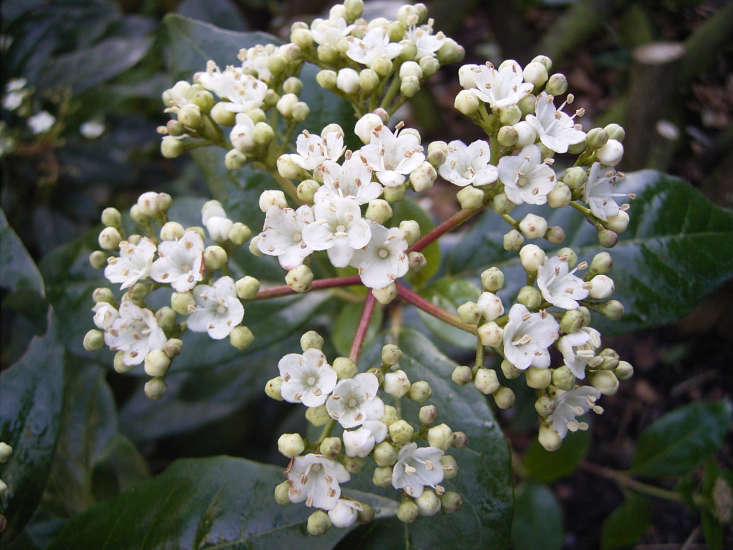On one of the somewhat rare sunny winter days here in England, I noticed a discernibly different smell in the air. What was it, I wondered as I ventured out the other day, almost blinded by the enticing light?
Drawn by a sweetness on the air, I soon realized this was not the smell of spring, but of winter-flowering shrubs luring the garden visitor with tiny flashes of unexpected color. (These shrubs all benefit from pruning in springtime, after flowering and a mulch of well-rotted leaf mold to emulate their native woodland habitats.)
As bee numbers are scarce, these shrubs provide nectar to those varieties of bees hardy enough to go foraging on a winter’s day. Without them, the trip would be an exhausting loss leader for a bee, and sometimes that isn’t a price worth paying. (It’s worth remembering that varieties with single rather than double flowers will help the bees.)
Here are seven favorite flowering shrubs to plant for winter fragrance.
Photography by Britt Willoughby Dyer, except where noted.
Daphne

The spurge laurels—or to give them their telltale Latin name, Daphne odora—lure you on to find the source of their sweet and spicy smell. The pink and crimson flowers are just a bonus, as are the varieties of ‘Aureomarginata’ with the delicate cream edge to the evergreen leaf.
Tip: There are more than 50 varieties of daphne and all parts of the plant are toxic, including the sap.
Winter Sweet

The little cream cup-shaped flowers hide a deep magenta center and tiny cream star. Originally a native of China, the fragrant flowers were used to scent linen cupboards, much in the same way we might use lavender today.
Tip: Winter-flowering shrubs will enjoy a mixture of sun or partial shade, but sun will bring the fragrance out.
Winter Honeysuckle

And then there are the sherbet lemons of the winter garden: Lonicera x purpusii, mahonia, and sarcococca that make your mouth twitch and water with their zingy fragrance.
Christmas Box

And don’t believe the name, it goes on flowering long after Christmas is a hazy memory.
Mahonia

Once the mahonias have done their thing, summer self-seeders such as nigella or the campions (Lychnis) underneath will hide the brutal bare stems. A few panicles of the flower stems can be brought inside, but like many winter flowers they are happier outside and don’t last long in our cosseted houses.
Tip: Prune after flowering, standing back to assess the shape regularly and cutting back any gangly branches.
Winter Beauty

But yet again, the name says it all, the little flowers cluster like a troupe of ballerinas in frilly skirts exuding a mouthwatering fragrance.

Viburnum

Tip: Cut a stem or two every few days to lift your spirits and drink in the scent.
See our curated design guides for Shrubs 101 for more of our winter-flowering favorites, including:
- Field Guide: Witch Hazel
- Landscape Ideas: Blazing Color with Red Twig Dogwood, 5 Ways
- Winter Enchantment: 9 Best Witch Hazels for a Luminous Garden
- Camellias: A Field Guide to Planting, Care & Design
Finally, get more ideas on how to plant, grow, and care for various shrubs and hedges with our Shrubs: A Field Guide.









Have a Question or Comment About This Post?
Join the conversation